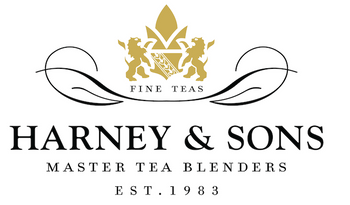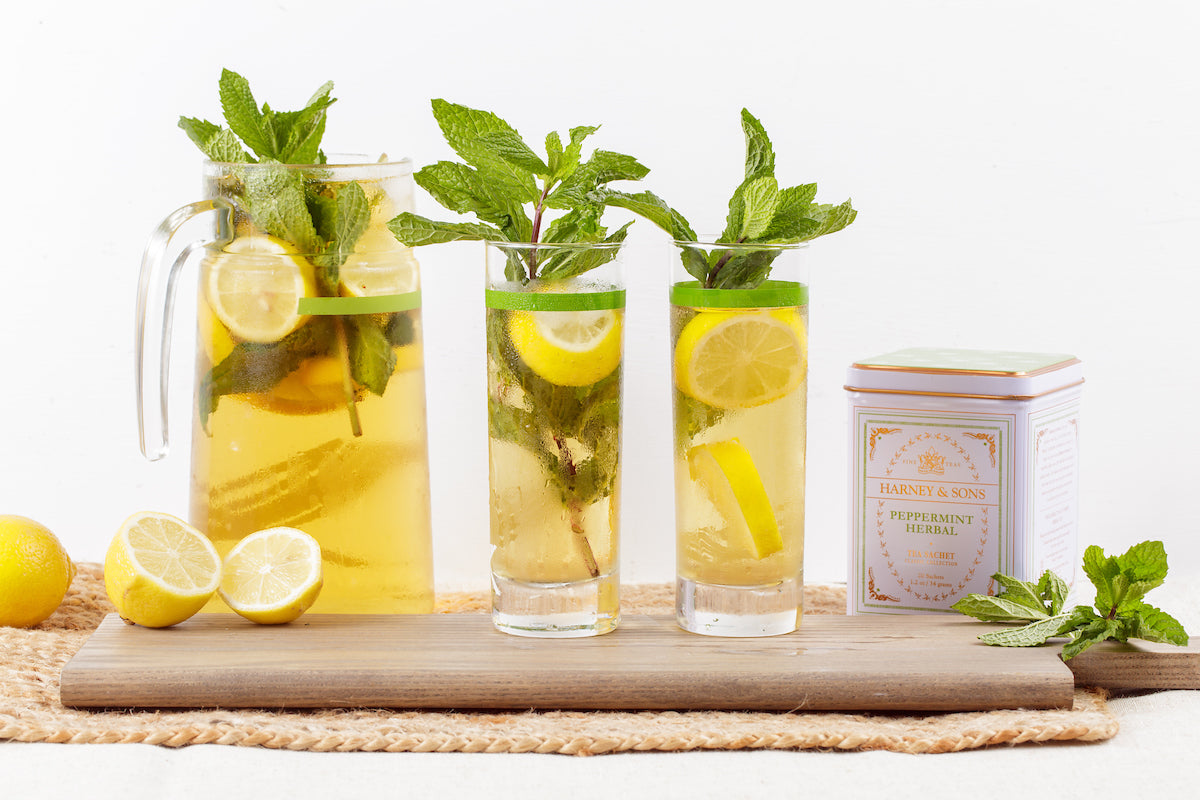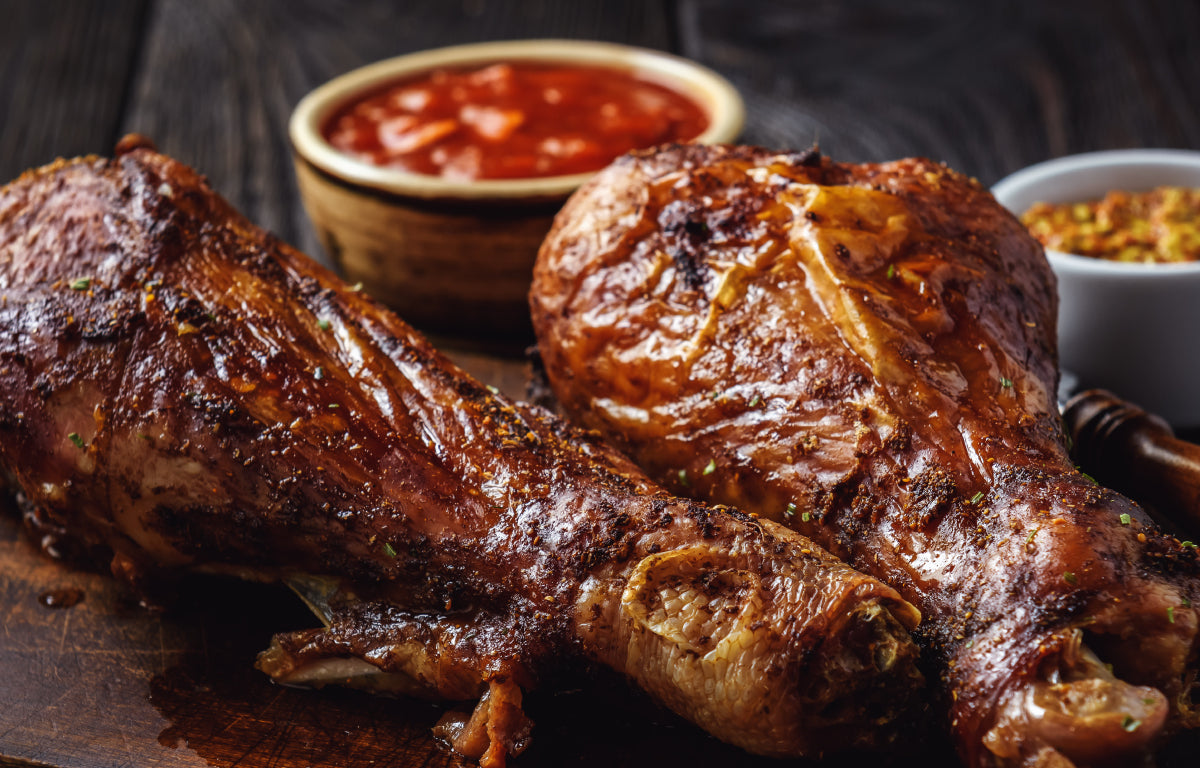You may have noticed, over the last decade, that cold-brew coffee became all the rage in the U.S. If you think that cold-brew is simply coffee that has been brewed with heat and then poured over ice, you’d be mistaken. Cold-brew is exactly that: a method of brewing that involves no heat. It is believed to have started hundreds of years ago in Kyoto, Japan, where Kyoto-style coffee is the earliest known coffee to have been cold brewed.
The same major benefit that coffee gleans from being cold brewed -- a smoother, less astringent flavor -- applies to tea as well. While cold-brew tea may not have the marquee status of cold-brew coffee, trust us when we say it’s a wonderful way to make tea.
Cold-Brew Benefits
When tea is brewed via the traditional method of boiling water in a kettle and adding it to the tea, letting the leaves steep in the hot water, the heat extracts more tannins. When improperly extracted (from letting the tea steep for too long or using water that is too hot), there can be too many tannins in the tea, which results in a bitter taste. When you brew with cold water, there is no opportunity for extra tannins to sneak into your brew, which results in a smoother, less bitter, and therefore better glass of tea.
Also, the cold-brew process demands less precision than using hot water. As we mentioned above, there’s always the chance of over-or under-steeping your tea and using water that is too hot, which can result in burnt tea leaves and, again, leaving a bitter taste in your mouth. The cold-brew process is nearly 100% error-proof, as you’ll see.
Another benefit is that cold-brew tea has less caffeine than its hot-brewed counterpart. Again, heat extracts more caffeine from the tea, so when you cold brew the only jitters you are likely to get is if you’re not patient enough to wait a few hours for the tea to steep. Studies have also shown that cold-brew tea has more vitamin C, and we can all stand to have a little more vitamins in our lives!

Ready to cold brew? It’s as easy as one, two, tea!
How to Cold Brew Tea
- First, choose your tea. Any tea can be cold brewed. If you use loose-leaf tea, use 2 tablespoons of tea for every 32 oz. of fresh water. Our Fresh Brew Iced Tea pouches are also perfect for cold brewing.
- Use a clean container, preferably glass so the tea doesn’t absorb any metallic or plastic properties. You don’t want your tea to taste like the marinara sauce you last kept in your plastic container. Our ForLife Mist Glass Iced Tea Jug is perfect for cold brewing -- it even has a built-in filter so you can just let your loose tea leaves swim about happily without care.
- No matter how you brew tea, you always need to use clean, filtered water for the best possible cuppa or glass. With cold brewing, you can use room temperature or cold water.
- Add the tea to the water and place it in the refrigerator. If you’re using loose-leaf tea, you can put the tea in an infuser and place it in the pitcher. Otherwise, you’ll need to strain the tea later.
- Allow the tea to steep in the refrigerator for 6-12 hours.
- That’s it! You now have delicious tea ready to serve over ice.

Want to get a little fancy with your newfound cold-brew skills? We thought you might.
Variations on Cold-Brew Tea
It’s not hard to take your glass or pitcher of cold-brew tea up a level. You can easily add things like:
- Sparkling water
- Ginger beer
- Lemonade or fruit juice
- Fresh fruits
- Mint, basil, or rosemary
Add as many or as few extras as you’d like. Experiment until you’ve made a concoction that makes you smile. That’s what tea’s supposed to do!
Or, get even more adventurous and try one of these recipes. You don’t have to make these in the pint-sized glass jars, but we think it makes them even more fun. Cheers to cold-brew tea!
Cold-Brewed Lemon Green Tea
If you want a little kick, add a thin slice of fresh peeled ginger.
Ingredients:
- 8 green tea bags
- 12 C filtered water at room temperature
- 8 tsp hot water
- 8 fresh thyme sprigs
- 8 tsp honey
- 2 small lemons, cut into 16 wedges
Directions:
- Place 1 tea bag in each of 8 pint-size canning jars with lids; pour 1 ½ cups water into each jar. Add thyme. Cover jars with lids; refrigerate 12-24 hours.
- Remove tea bags from jars. Combine honey and 8 teaspoons hot water. Divide honey mixture evenly (about 2 scant teaspoons each) among servings. Add 2 lemon wedges to each jar.
Cold-Brewed Blackberry Rooibos Tea
Rooibos is a caffeine-free tea that’s smooth and sweet with a slightly nutty flavor. The blackberries bring tartness to the brew; if you like, muddle them right before serving to bring out more of their tanginess.

Ingredients:
- 8 rooibos teabags
- 12 C filtered water at room temperature
- 2 ⅔ C blackberries, halved
- 2 C diced peeled mango
- 8 teaspoons maple syrup
Directions:
- Place 1 tea bag in each of 8 pint-size canning jars with lids; pour 1 ½ cups of water into each jar. Add blackberries and mango. Cover jars with lids; refrigerate 12-24 hours.
- Remove tea bags from jars. Stir 1 teaspoon maple syrup into each jar.
Chamomile-Strawberry-Orange Cold-Brewed Tea
Fruit adds sweetness to this refreshing drink. If you wish, substitute raspberries for the strawberries, or drop in a sprig of lemon verbena to boost the aromatic citrus.
Ingredients:
- 8 chamomile tea bags
- 12 C filtered water at room temperature
- 2 small juice oranges (thin-skinned), peeled, cut into slices, and seeded
- 24 large strawberries, halved
- 4 tsp honey
- 4 teaspoons hot water
Directions:
- Place 1 tea bag and 1 ½ cups water in each of 8 pint-size canning jars with lids. Place 2 orange slices and 6 strawberry halves in each jar. Cover with lids; refrigerate 12-24 hours.
- Remove tea bags from jars. Combine honey and 4 teaspoons of hot water. Divide honey mixture evenly among jars (about 1 scant teaspoon in each).
[recipe source: https://www.cookinglight.com/food/recipe-finder/cold-brewed-teas]





2 comments
Sharon Post
I like a strong black ice tea. What tea is best to use
, I purchased the 22 ounce pitcher from you last year.
I like a strong black ice tea. What tea is best to use
, I purchased the 22 ounce pitcher from you last year.
Nina Garrett
I cold-brew using your proportions (2 T. per half gallon) and add a big handful of freshly picked mint from my herb garden, very roughly chhopped, but I use warm-to-a-bit-hot tap water and leave it on the kitchen counter for 3-5 hours. Then I strain it, add 2 T. fresh-squeezed lemon juice, and refrigerate. — Since mine starts out warmer it doesn’t need to brew as long. Everyone to whom I serve it loves it! Even non-gardeners can grow mint, even if only for this tea.
I cold-brew using your proportions (2 T. per half gallon) and add a big handful of freshly picked mint from my herb garden, very roughly chhopped, but I use warm-to-a-bit-hot tap water and leave it on the kitchen counter for 3-5 hours. Then I strain it, add 2 T. fresh-squeezed lemon juice, and refrigerate. — Since mine starts out warmer it doesn’t need to brew as long. Everyone to whom I serve it loves it! Even non-gardeners can grow mint, even if only for this tea.